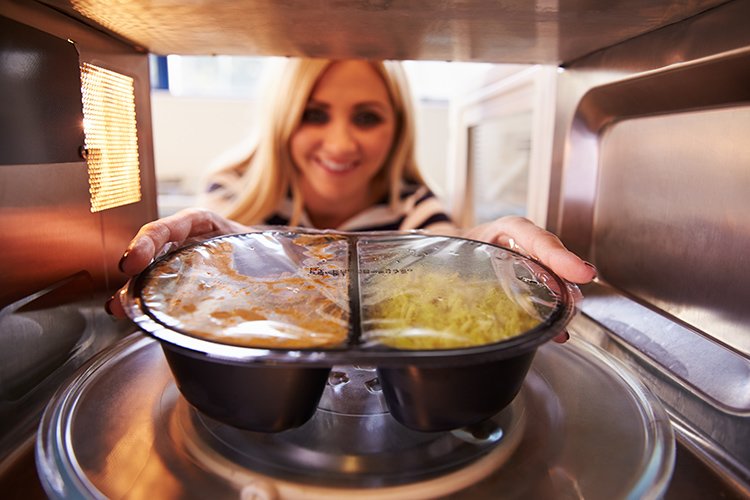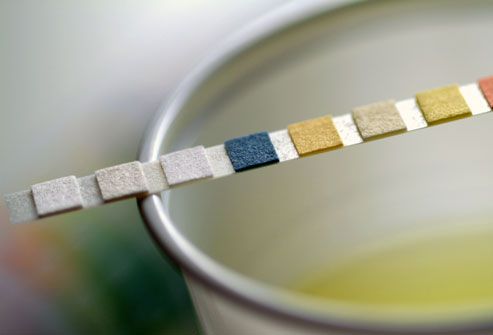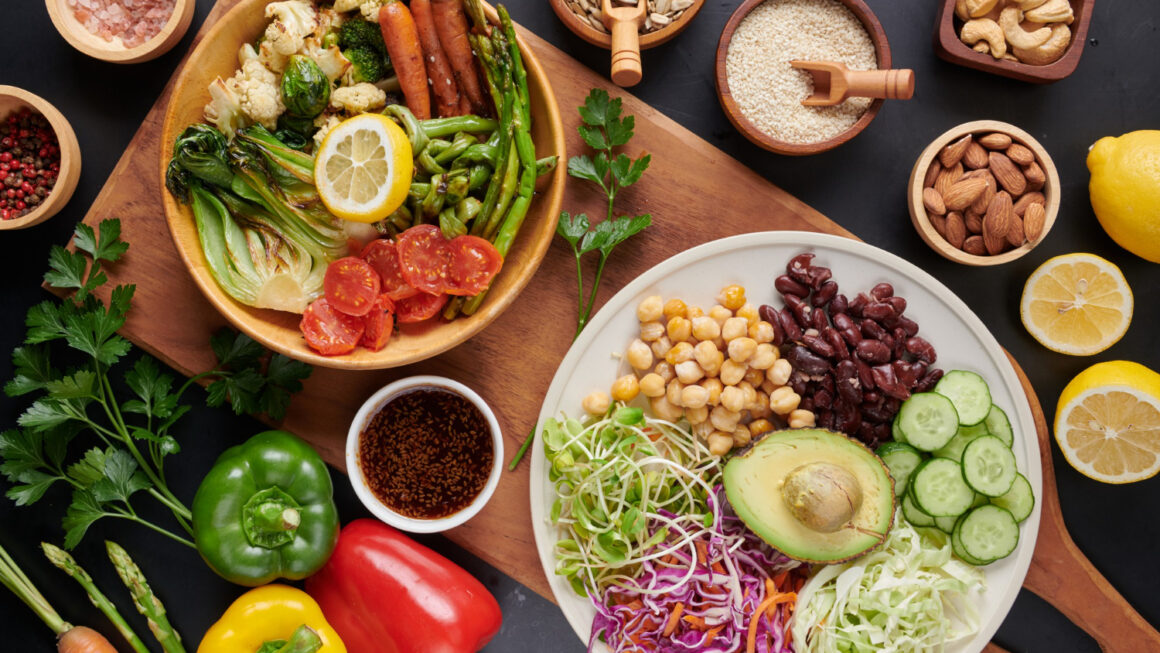Nutritional values of the food you have are essential to maintain the overall health of your body. After the pandemic outbreak, you must have understood the significance of a diet rich in vitamins, minerals and antioxidants – their role to boost immunity to fight off infections resulting from bacteria and viruses.
A busy lifestyle forces you to compromise with the natural way of living life, which is considered healthier and better, thereby looking for as much comfort as possible that is not missing in cooking and heating food.
A lot of people are sceptical about microwaving that radiation waves are risky enough to cause cancer. However, there is nothing risky about radiation, according to the World Health Organisation. Still, there are few findings of whether it disrupts nutrients or heating food in plastic can destroy the nutritional value.
Food can lose nutrients
Some studies have revealed that some vegetables lose nutrients in the microwave. Flavonoids, an anti-inflammatory compound found in broccoli, can be destroyed up to 97% when it comes in contact with microwave heat. It is a third more than the loss done when boiling.
Another study revealed that the previous study did not consider the heating time and whether the broccoli was in the water. The second study found that microwaving does not damage the nutritional value of broccoli if heated up for not more than a minute.
This study, in fact, revealed that microwaving is a far better way than boiling to help maintain flavonoids in broccoli. However, the same study also said that microwaving would destroy flavonoids if water is used in the same amount as in boiling.
There is no straightaway answer to whether microwaving can retain more nutrients in vegetables than any other methods because each food is different when it comes to nutritional value.
Heating plastic
Most of the time, you heat up food in plastic containers in the microwave. Some researchers have warned that heating in plastic can increase the risk of ingesting phthalate, a compound that makes plastic durable.
As it comes to heat, this chemical compound starts to break down and leaches into food. Phthalate is used to make plastic more flexible and durable. Takeaway containers and plastic wraps, and bottles are the best examples.
If ingested through food, it can disrupt the metabolic system, increase the risk of blood pressure in children, and cause insulin resistance. Some studies have found that it can also disrupt thyroid hormone in babies during development inside their mothers during pregnancy.
However, there is still no clarity on how much damage they can cause. Studies have also revealed that phthalate exposure can happen even if food is not touching the plastic – for instance, you put a plastic lid on the container.
The food steam can condense on the underside of the lid, and as a result, the chemical compound can fall into your food.
Heating time
Since plastic dishes are not suitable for heating food in the microwave, you can use dishes of other material, but the risk is still there. How long the food was cooked and at what temperature also matter a lot to decide whether food is safe to eat or not.
Therefore, experts suggest that you should use the microwave only for heating food, not for cooking. The latter can take a lot of time, which means it is consuming more electric energy. Further, the amount of heat is not even in the microwave, and there could be an imbalance in nutritional value when the raw food becomes completely edible.
Reheating can minimise the danger provided you do not do it for a long time and over and over. Higher temperature is not always a problem, but this poses a risk with starchy food.
A study found that when potatoes were baked in the microwave, they produced a chemical called acrylamide, a kind of carcinogen. It interferes with cell’s DNA, according to an animal study.
However, there is not enough evidence to prove it in humans. When potatoes were boiled, they did not produce acrylamide. This is why it is recommended to use the microwave for reheating food provided but not for a long time.
Bottom Line
Microwave has become general equipment for the kitchen, and many people are so crazy about it they cannot wait to buy it. Even if they do not have money, they take out an instant loan. You do not need to remove microwaving altogether, but use it only for heating food instead of cooking. There is still a lot of research to be done to conclude that it is safe for cooing.




